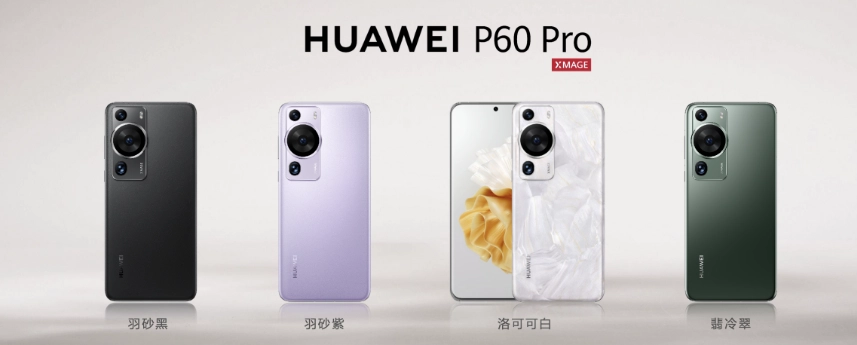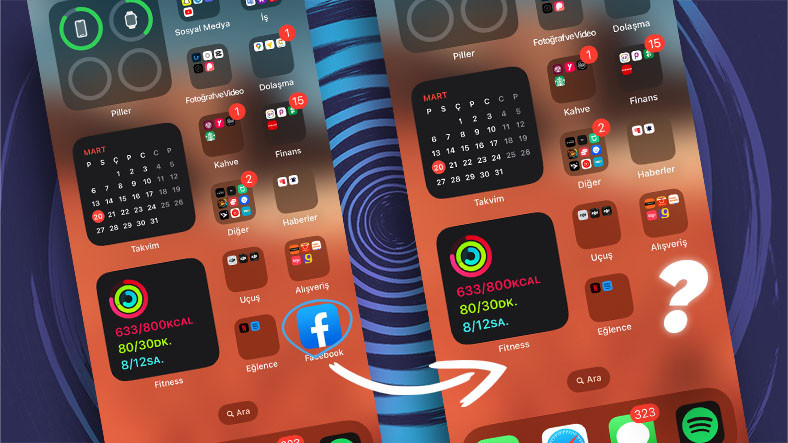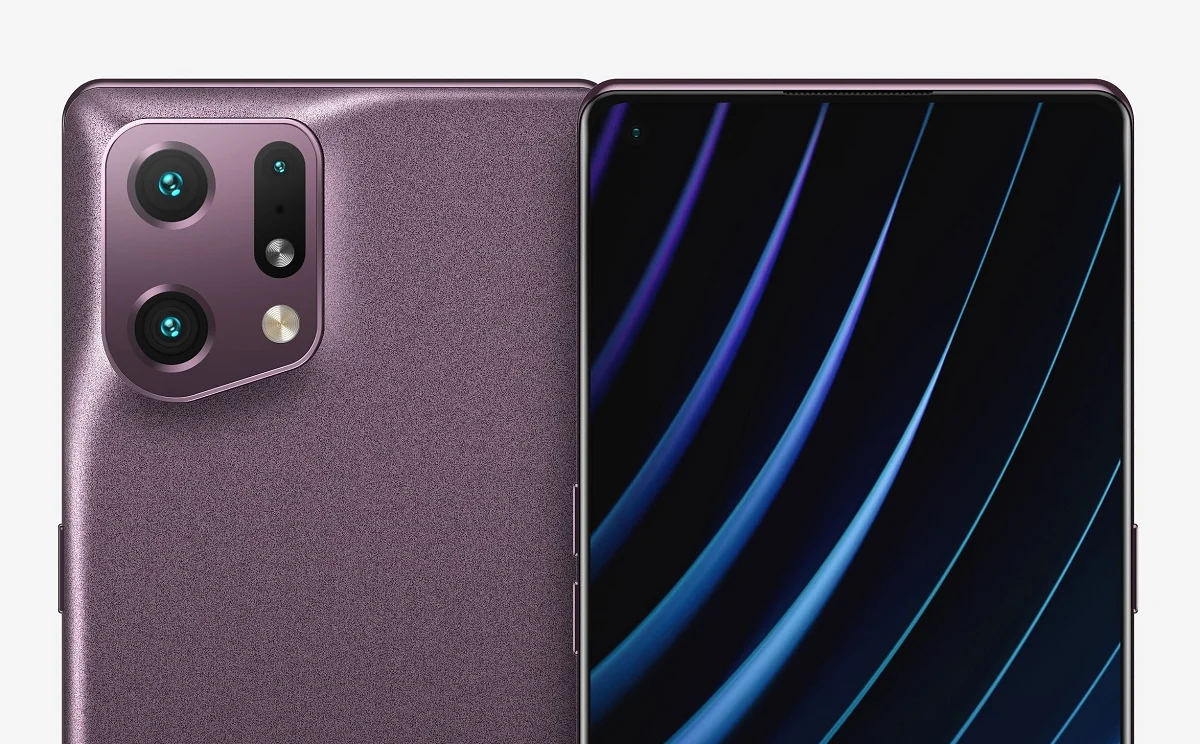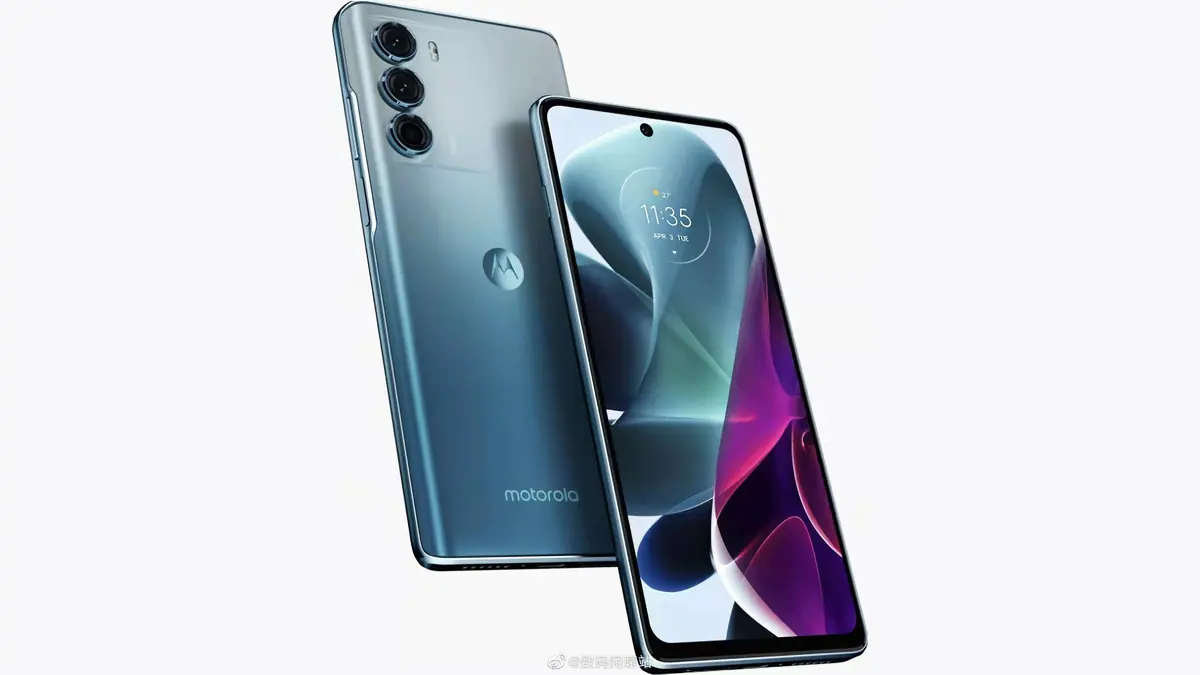Today, Huawei introduced its new flagships P60 and P60 Pro. The novelties turned out to be very interesting – in many ways they differ from the flagships of other companies. Huawei P60 received a four-sided curved OLED display with a diagonal of 6.67 inches, a resolution of 2700×1200 pixels, a frame frequency of 120 Hz and a PWM control frequency of 1440 Hz. Interestingly, the Huawei P60 Pro has exactly the same screen. As a result, the dimensions of both flagships are exactly the same, the difference is only in weight: the Pro version is a few grams heavier. Screen protection is provided by Kunlun ultra durable glass. The phones are protected against external influences according to the IP68 rating.
The P60 and P60 Pro cameras differ in that Huawei does not pursue megapixels – the maximum resolution (of the main sensor) is only 48 MP. This approach is very similar to Apple’s approach to designing iPhone cameras.
The Huawei P60 camera is represented by three modules. The main camera is equipped with a 48-megapixel RYYB pixel sensor, a variable aperture lens of F/1.4-4.0 and an optical stabilization system. The ultra-wide lens module has a 13-megapixel sensor (RYYB) and an F/2.2 aperture lens, but no optical stabilization. Finally, the third module is responsible for 5x optical zoom, uses a 12-megapixel sensor (RYYB) and has optical stabilization.
The first two modules in the Huawei P60 Pro are the same as in the younger model, but the module responsible for optical zoom is different. Firstly, the resolution is higher – up to 48 MP (apparently the same sensor is used here as in the main module), secondly, there is a very large aperture for the periscope module – F/2.1. Therefore, pictures taken with optical zoom appear as bright and saturated as pictures taken with the main camera.
The parameters of the power subsystem of the Huawei P60 and P60 Pro are the same: phones receiving batteries with a capacity of 4815 mAh support charging with a power of 88 W via cable and with wireless power of 50 W. The difference from the Galaxy S23 is that the P60 and P60 Pro come with a corresponding power supply unit with two ports, USB-A and USB-C.
The Huawei P60 and P60 Pro are the manufacturer’s first phones to run HarmonyOS 3.1 out of the box. And they are the first in the world to use two-way satellite communication: using the Chinese Beidou satellite system, you can not only send messages, but also receive them. In fact, satellite communication is already a real alternative to cellular communication, although there are still restrictions on sending messages and making calls using satellite. It is interesting that Huawei has not yet declassified the hardware platform of the P60/P60 Pro and has not mentioned prices. We will update the news when this data becomes available.













